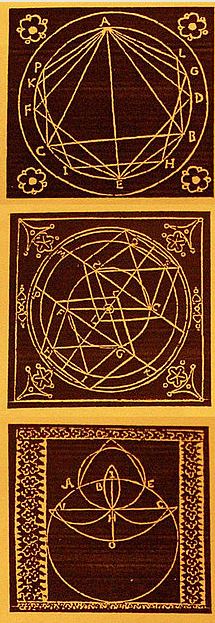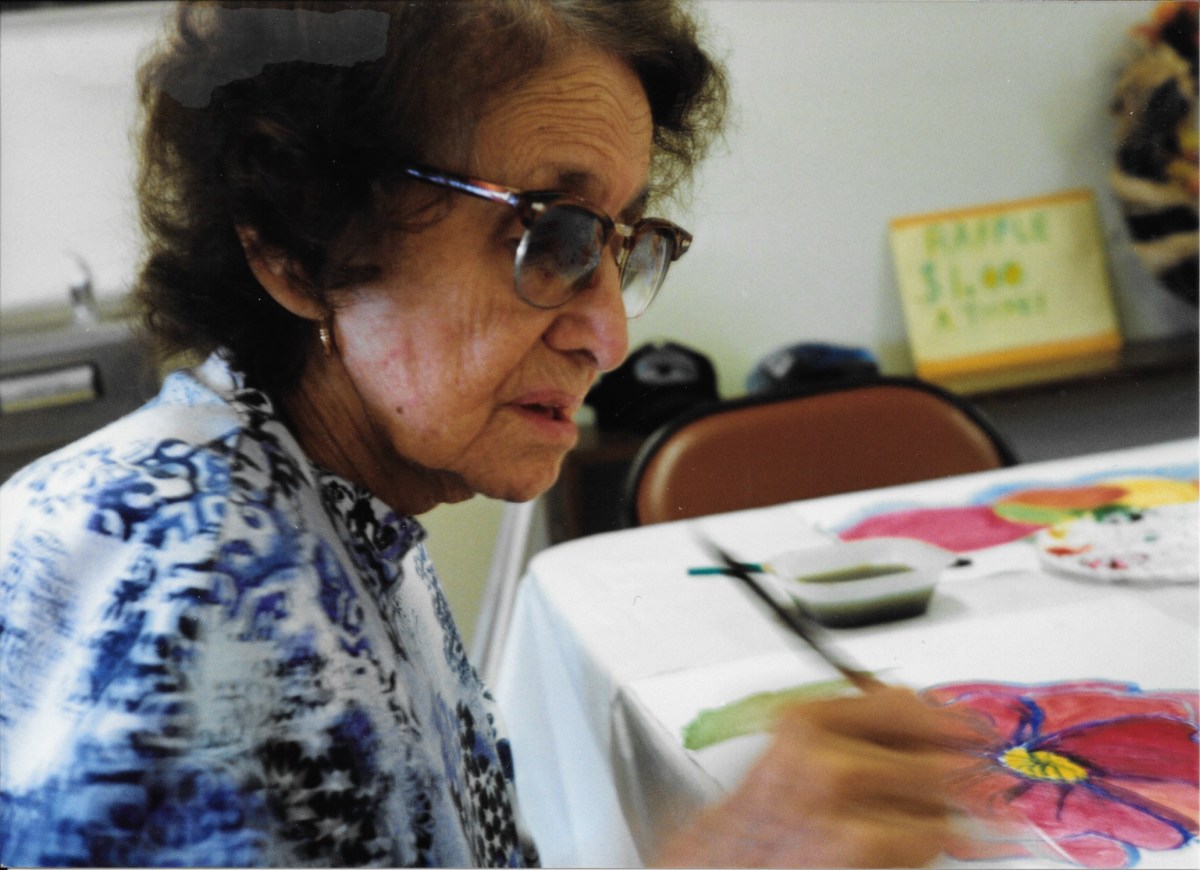What Happens to Our Memory As We Get Older?

In two previous hubs, I addressed the relationship between aging and intelligence, and aging and creativity, respectively. I propose here to discuss age related changes in memory. These changes are cause of concern to some older people, being regarded as harbingers of dementia. To allay these concerns, it may be helpful to review some empirical findings regarding the normal, non-pathological changes in memory that accompany aging.
Varieties of memory
A diffuse opinion among non specialists is that aging inevitably leads to an across the board decline in the ability to remember. In fact, the effects of age are highly dependent upon the type of memory task being performed. Some tasks show large age related impairments, whereas no decline and even improvement is observed in others well into late middle age. This in turn points to the existence of different types of memory.
Memory can be differentiated on the basis of the kinds of storehouses’ that hold our recollections: sensory memory, short term memory, and long term memory. Further, memories can be declarative or non-declarative (procedural), implicit or explicit, retrospective or prospective; these terms are defined below. Memory can also be characterized in terms of the operations involved in it, namely the encoding, storage (retention), and retrieval of mnemonic material. Let' s begin by looking at the various ‘storehouses’ of memory.
Sensory memory and aging
Sensory memory, the first to be engaged in any memory formation, temporarily retains in the mind 'copies' of incoming sensory data (especially visual and auditory) for the duration necessary to extract the information they carry. Laboratory studies show that sensory memory is very little affected by age, and we can therefore dispense with discussing it further.
Short term memory and aging
Short-term memory (STM) refers to the conscious retention of a current event for a brief period (such as listening over the phone for a meeting time and place, and holding it in mind until it can be written down).
Originally, STM was regarded as a mechanism that only allows the temporary and passive storage of information, as in the above example. More recently, the scope of STM was broadened to include ‘working’ memory, which involves the simultaneous maintenance and active manipulation of information. For example, when multiplying two two-digit numbers, one must retain each of the two numbers in mind while performing the multiplication operation upon them.
Aging affects passive short term memory only modestly. However, working memory is more negatively affected. In sum, older adults are more impaired on tasks that require both the processing and storage of information than on tasks requiring only storage. Also, age-related differences increase as the processing required becomes more demanding.
Long term memory and aging
Let’s turn next to long-term memory (LTM), the storehouse of information covering a widely ranging time period. LTM can retain recent data, such as where you left your book half an hour ago, decades-old information, such as what happened at your tenth birthday party, and the meaning of words and the knowledge of facts acquired over a lifetime of learning.
LTM can be further characterized in a number of ways. One important distinction is between explicit memory and implicit memory. Implicit memory processes are effortless and unintentional (e.g., when we quickly and effortlessly recognize a friend in a crowd); the operations of explicit memory are intentional and require a conscious effort (e.g., when we try to remember an address that was given to us yesterday). Aging affects these two forms of LTM differently: implicit memory declines much less than explicit memory.
Another important distinction is between declarative and non-declarative (or ‘procedural’) memories. Declarative memory refers mostly to memories that can be 'declared', i.e. stated verbally. In contrast, non-declarative memory consists largely of memory for activities or procedures, e.g., mowing a lawn, playing the piano, driving a car, etc.
Procedural memory holds up well with age. As for declarative memories, a further distinction is made between ‘episodic’ memory, which involves personal memories tied to a particular time and place (e.g., remembering who came to your dinner party at your cottage a month ago), and ‘semantic’ memory, constituted by the knowledge of general facts (e.g., naming the author of Great Expectations, or defining a given word) which do not require the recollection of the time and place in which they were originally acquired.
Like the explicit/implicit distinction discussed above, episodic and semantic memories are differentially affected by aging. Overall, semantic memory holds up comparatively well. Episodic memory, however, can decline significantly. Age related changes in episodic memory are induced by reduced functionality of memory processes at encoding (the acquiring of information), during the retention/maintenance/storage stage, and at retrieval of the information.
Episodic memory can also be assessed by asking people of different ages to remember events in their personal past. The study of autobiographical memory is complicated by the fact that unlike mnemonic materials created in the laboratory, researchers cannot verify the accuracy of most autobiographical memories. Nevertheless, the study of autobiographical memory is important because it can tell us a great deal about the aging process.
Unsurprisingly, in general, regardless of age people tend to better remember recent personal events than earlier events. However, an important exception emerges when we consider the whole lifespan of the individual. We remember especially well memories acquired between the ages of l0 and 30. This effect, known as the ‘reminiscence bump’, has been attributed, simply put, to the fact that many highly significant events occur to people during the age of 10-30 years, which is why they are so well remembered.
This helps in assessing a frequent claim by older people: that they remember well events which occurred many years ago, but often cannot remember what happened to them just a few days earlier. Whereas some of these claims are justified by the reminiscence bump, in assessing them more generally it is essential to consider that they are often based on wrong comparisons. For example, someone might compare their recollection of their first child’s birth many years ago, with remembering what they had for dinner 4 days ago: they remember the former so well, and the latter so poorly! However, by so doing they are comparing memories of very different significance. Now equalize their import: would they recollect better what they had for dinner three days ago or what they ate the corresponding day three years earlier?
False Memory and aging
Older adults are more vulnerable to misinformation – that is, to incorporating into their memory for an original event material that does not belong there. Ironically, they are also more confident than younger adults in the accuracy of these false memories!
Prospective memory and aging
When we think of memory we refer typically to the recollection of past events. But there is also a ‘prospective’ memory, which refers to remembering to execute an intended action at some specific time in the future. Prospective memory tasks are essential for maintaining the quality of older adults' lives, for they include, e.g., remembering to pay bills on time, or remembering to take medication. Indeed, serious difficulties in remembering to carry out tasks such as these can jeopardize independent living. Happily, older adults performed just as well and often better than younger adults in several (though not all) laboratory and real-life studies involving prospective memory.
Can memory in old age be improved?
The results discussed above show that as we get older memory losses of varying degrees of severity occur for some varieties of memory. Accordingly, a question of interest is whether special training could improve older adults' memory performance. The results of some studies are encouraging, as the performance of older adults on a variety of memory tasks was significantly enhanced as a result of mnemonic training. Most mnemonic methods work about equally well. One of the oldest is the so called ‘loci’ mnemonic, which consists of associating images along a familiar route with to-be-remembered items.
These results are important also because they show that even in old age memory and its associated brain areas retain a certain amount of plasticity, and possess often untapped potential.
However, although older adults benefit greatly from intense mnemonic training, the latter is unlikely to completely remove age differences in memory performance (and younger adults can improve their memory to an even greater extent than the elderly when given mnemonic training).
© 2014 John Paul Quester








